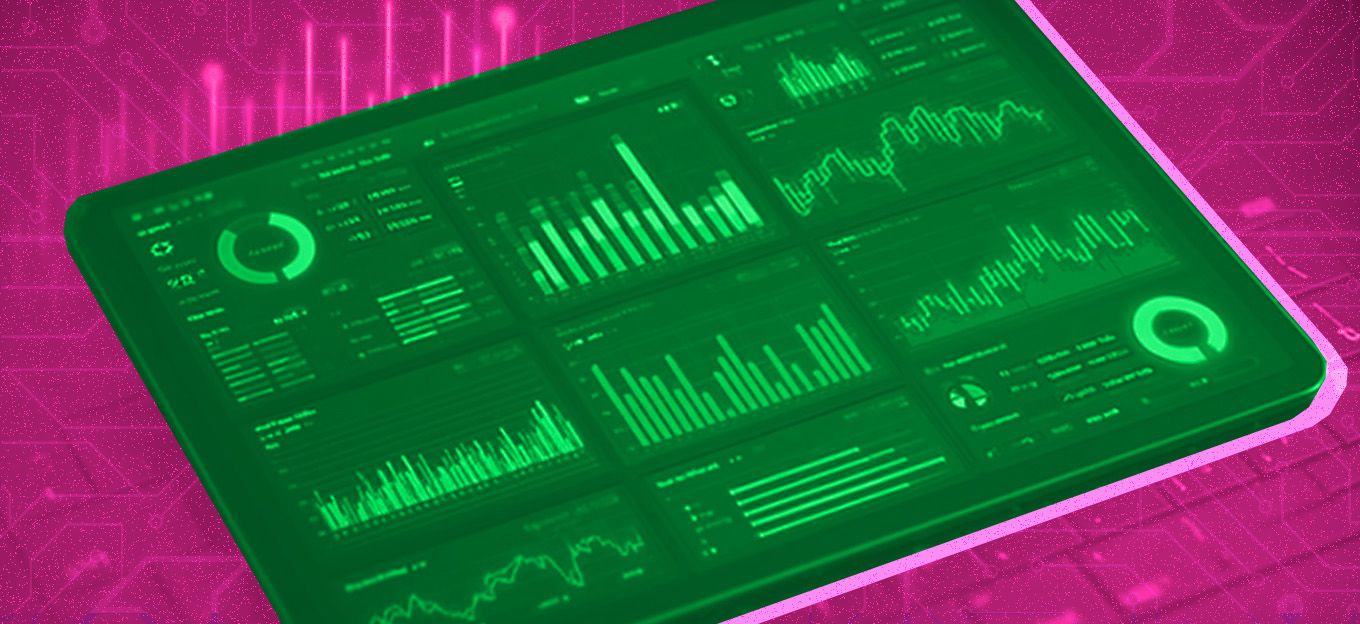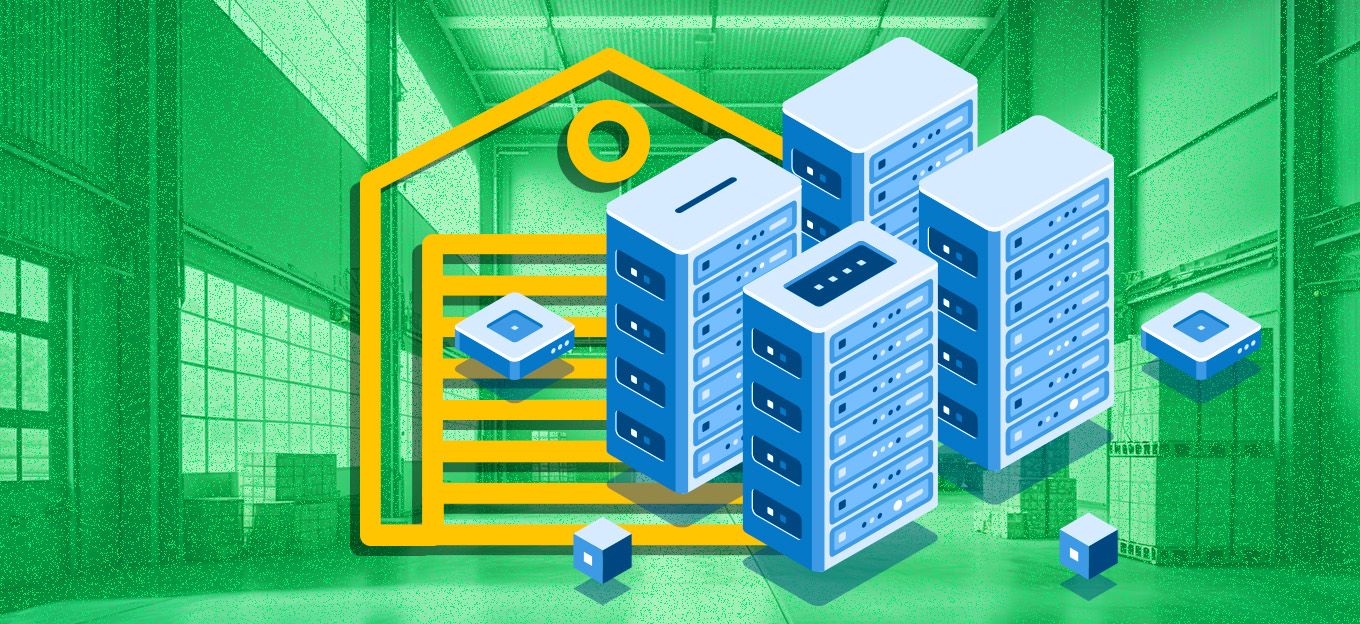Multilingual IoT Solutions With Localization and Translation
Multilingual IoT Solutions With Localization and Translation
- Last Updated: December 2, 2024
Guest Writer
- Last Updated: December 2, 2024



The “Internet of Things” in its most basic form, includes the software connection of hardware devices, generally designed to make processes and applications more efficient and to make things easier for the people involved. RT Insights studies demonstrated that 51% of software developers find that the main difference between developing IoT applications and conventional web apps is that IoT development. requires more reliability and scalability Worldwide. Further studies also showed that IoT spending is projected to surpass $1 trillion in 2020.
Whether IoT is restricted to the transfer of data, information or language, concise, error-free, bi-directional communications are imperative if IoT solutions are to be effectual. In order for IoT devices to successfully engage in bi-directional communications, the issue of machine language is relevant.
Translation and localization play a very important role in the globalization of IoT technologies, for both hardware and software IoT solutions.
For people from around the world to be able to engage in bi-directional communications, both in terms of communicating with the devices and with other people similarly connected, much more than just language and the User Interface must be considered. Thus, translation and localization play a very important role in the globalization of IoT technologies, for both hardware and software IoT solutions.
Translation, Localization and IoT
While it would be nice if there was only a single machine language involved in this process, the fact remains that many different nations, institutions and organizations have their own preferred means of communication between devices. IoT programmers must be capable of integrating a means to ensure the capacity for all of the devices to engage in bidirectional communication.
Whether one is talking about the necessary protocols for the data exchange or the end-user language, a very specific and exact set of parameters must be established. This is challenging enough in regards to IoT devices and large data transfers, but it becomes much more nuanced and fluid in terms of human interaction, translation and data (or information) transfers.
According to a report by Researchgate, there will be more than fifty billion IoT devices connected to the internet in 2020. The vast mountains of data must be fully translated and transferred globally, along lines that will see nearly as many different types of people as it will different types of electronic devices and ways to connect those devices and gadgets.
Therefore, not only are the languages and the User Interface relevant to the construction of IoT devices and apps, but also the localization process. Localization, however, can be a difficult concept given its broad and comparatively vague definitions regarding IoT technologies.
In terms of IoT hardware developers, IoT device technologies and the creation of new electronic gadgets, the many different power supplies and means of charging or connecting these devices must be taken into consideration. Will the charger set up for the 110-volt applications in North American markets burn out when plugged into the 220 volt systems in other parts of the world?
Regarding the IoT programmer and the User Interface, localization may be something so seemingly insignificant as color combinations or a photo or logo. Colors, pictures, logos and even some phrases that are completely innocuous in one location may create a general outrage in other locations. A picture of people enjoying a barbecue may be fine for some audiences, but what about locations where the products they are consuming are considered to be “dirty” or even “sacred”?
Localization services for IoT technologies extend into virtually every realm of IoT design, planning and implementation. Localization services are additionally a very important portion of virtually any global advertising, marketing and sales campaign at the same time.
Again, the localization process can focus on local cultural points of pride while at the same time allowing the IoT provider to avoid any social or cultural taboos that may be easily considered to be more offensive in nature, and that may create an undesirable backlash.
Can Machine Translation Replace Human Translation in IoT?
Human translation services are much more nuanced than machine language interactions. There are times when an exact and literal language translation is necessary, especially in terms of medical translation services. This medical interpretation can also be made substantially more difficult when people, most notably patients, use a generic term rather than a more specific and exact medical phrase that can be properly translated.
Among the open-source IoT solutions are machine translation software programs that are quite capable in their own rights, but may still be lacking in some of the more refined areas of localization and translation in the Internet of Things.
The words “phlegm”, “mucus” and “saliva” are not pleasant to consider, but all relevant in any medical document translation services. While a certified medical interpreter will understand the difference between these, and may ask for clarification, a machine translation will likely just provide the literal translation for whichever term was used by the patient. This can happen regardless of the fact that it may not be what the patient, unfamiliar with the distinct nature and medical difference of each specific term, has said during their diagnosis.
Such literal translations as those noted above can have very deadly consequences. Human translation services require the ability to determine not only what was said and to provide a literal translation, but also to determine what was meant and to provide the entire context of the communication, sometimes in spite of what was literally said.
The lexical meaning will not always allow for a literal translation. At its current level, machine translation simply does not have the requisite “understanding” of the subtle nuance of verbal communications or the written word. The professional language service provider will have both the necessary knowledge and experience to provide more accurate and meaningful translation services, even when such a precise interpretation may be more desirable than mandatory.
It seems very likely that machine translations will eventually become an integral part of the Internet of Things, but machine translations are not yet ready for wholesale application in IoT devices. While there is ample evidence that some machine translation is sufficient for many needs, such as in the case of Alexa and Siri, among many others, there is still a need for some improvement in terms of machine translation before it can meet the projected potential for the growth and expansion of IoT technologies and solutions.
Post Edited Machine Translation in IoT Technologies
Even the Google Translation Community wants the help of humans to improve their automated translation services, and this is not without good cause. This process of human editing of a machine translation is most commonly referred to as Post Editing Machine Translation or PEMT.
While this may be a viable current solution, it still faces many challenges in regards to IoT Technologies, in part due to the large volumes of data that must be translated. The Internet Of Things should serve to make all of this work not only more efficient but more effective at the same time.
Never before have so many agents and agencies around the world had virtually immediate access to all of the data being produced. Still, all of that data does nothing if it cannot be quickly and accurately translated into all of the relevant languages so that it can be put to effective use.
One potential solution for this challenge is the automation of translation where it is possible, though with both the source materials and the resulting documentation being edited by a human. A human translator or interpreter will have the ability to pick up on the more nuanced aspects of the language pairs, providing substantially more accurate translations even if not as quickly in some cases.
Think of the many simple words that may be easily understood, but without the proper context, but may have entirely different meanings. Is a “pop” a cola drink or is it referring to the father or an elderly person? Is “makeup” what the patient was wearing when they came into the hospital for treatment? Was it the makeup of their physical body in terms of symptoms? Perhaps it was their effort to re-establish a relationship with a lost love that led to an accident resulting in them being hospitalized? The lexical meaning is every bit as important to translators as is the literal translation, but these can often be difficult to understand and interpret.
Machine translations are a major benefit to IoT in the grand scheme of things, but they are not yet at a sufficient level of technological development to handle all of the tasks at hand. However, when used in conjunction with human editors, properly certified and employed by a translation agency specializing in the requisite and specific linguistic skill sets, this can greatly speed up the ability to quickly and accurately translate virtually any relevant data.
PEMT or Post Editing Machine Translation seems to be quite capable of handling the more nuanced aspects of translation at least until machine translations catch up to the current phase of the technological revolution and IoT solutions.
IoT and the Digital Age
The times they are changing, and this is already noticeable with the way that people live, work, shop and even play online and across connected devices. People working at home and telecommuting are steadily increasing according to news sources from around the world. The world of IoT solutions will inevitably increase as both individuals and industries are forced to digitize.
If there is any real challenge in regards to IoT solutions, it seems only to be the ever-present need for the latest and greatest technological advancements. At the same time, there is an equal desire, if not a need to be able to instantly communicate virtually anywhere in the world. For some this is merely a matter of convenience, for others, it is imperative to their success.
IoT technologies are well-poised to connect the world and make virtually any task or even entertainment choice of the people easier, faster and more convenient. As more people work, play, watch television and even shop online, they will demand more and more IoT solutions.
Perhaps best of all, however, is the fact that no matter how advanced IoT technologies become, there will always be a need for human beings to be a part of the solution in addition to being beneficiaries of IoT technologies at play, at least so long as all of these solutions can be understood.
The Most Comprehensive IoT Newsletter for Enterprises
Showcasing the highest-quality content, resources, news, and insights from the world of the Internet of Things. Subscribe to remain informed and up-to-date.
New Podcast Episode

IoT and AI in 2026
Related Articles





